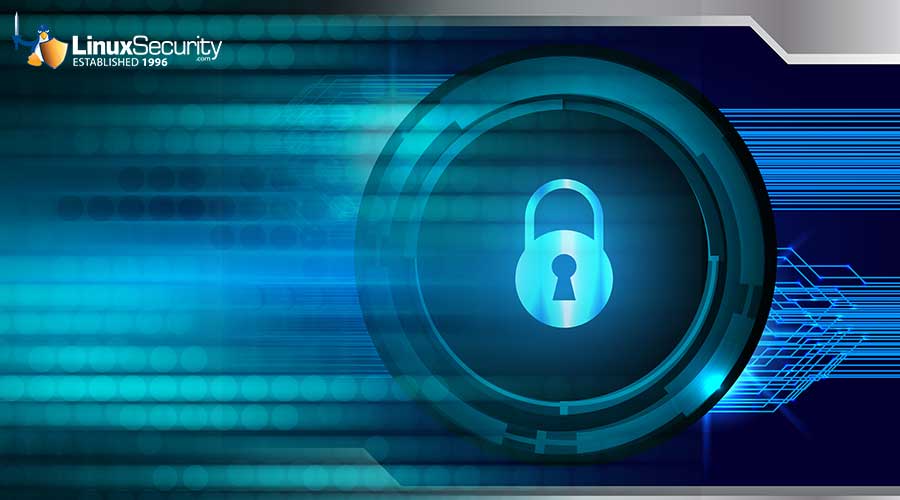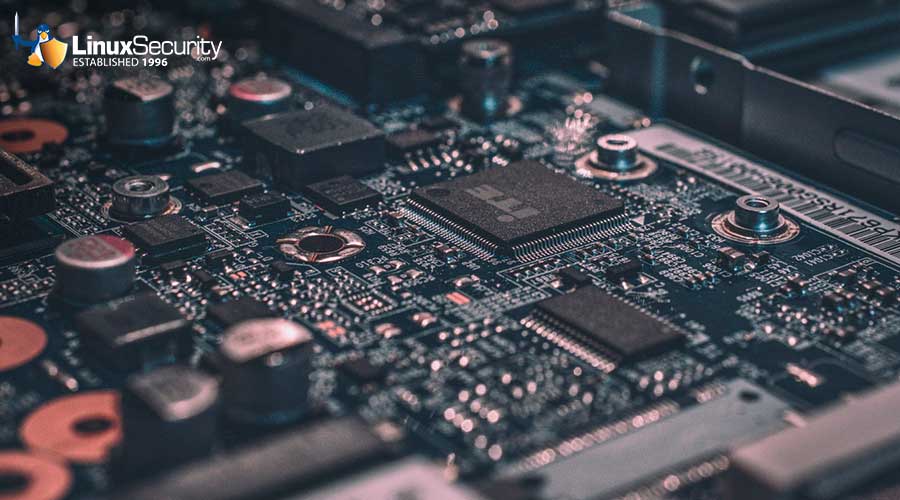7 things even new Linux users can do to better secure the OS

You don't have to be a sysadmin to keep your Linux desktop distribution safe from cybersecurity threats. But you do have to follow a few best practices.
It is no secret that Linux is a far more secure option than Windows. From the ground up, Linux was designed to be highly secure. Since I started using Linux (back in '97), I've only had one cybersecurity threat arise, which was a rootkit on a server I inherited. Sadly, that server was so badly compromised that I had to re-install the OS and start from scratch.
That was the only instance, in decades, of having to suffer the consequence of a security breach. Otherwise, it's been smooth sailing.
You, too, can enjoy the heightened security that comes with the Linux OS. However, you shouldn't just assume that you can install Linux and never worry about security again. My take on security is if a device is connected to a network, it's vulnerable.
To that end, I thought I'd share some advice that even those who are brand new to Linux can easily follow. Don't worry, I'm not going to have you editing init scripts, issuing complicated iptables commands, or installing software like fail2ban. Instead, this is all about what new users can do to help prevent malware, ransomware, or other attacks.























